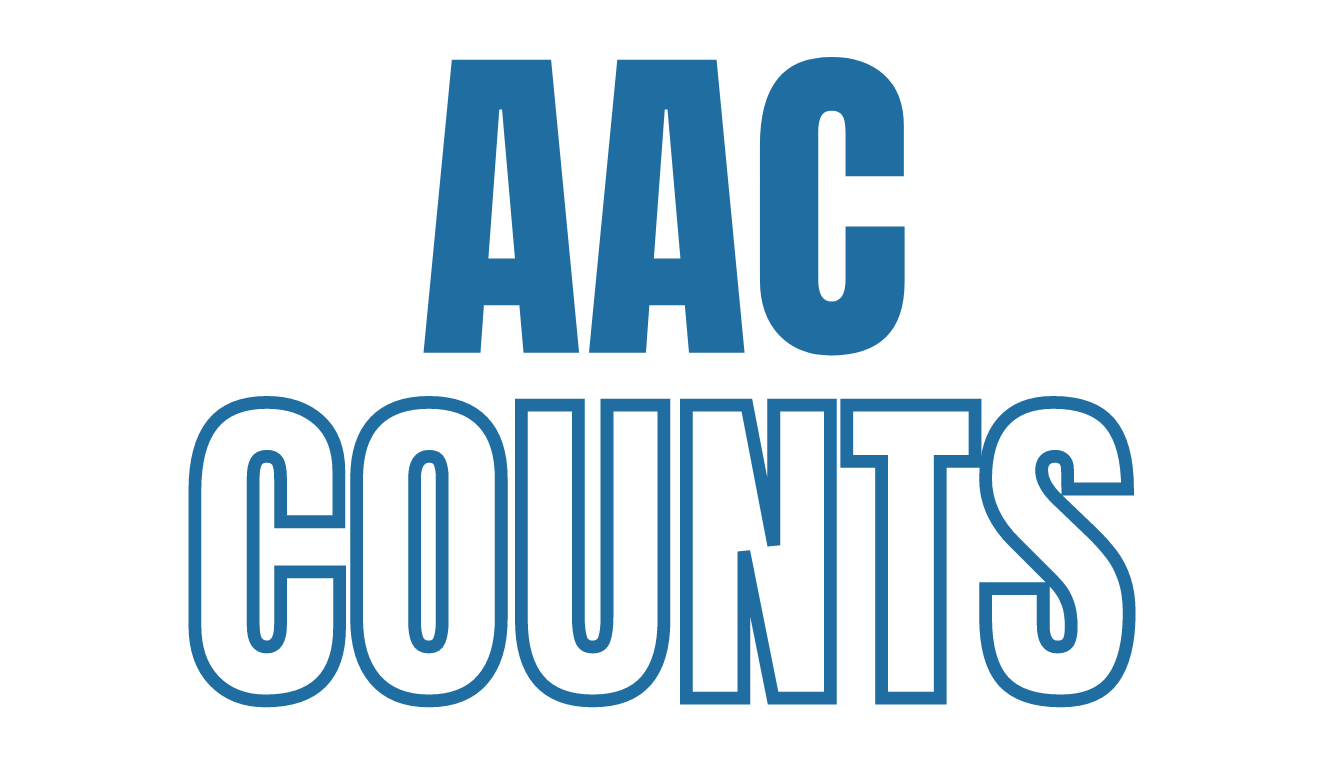AAC Counts: The Urgent Need for Better Data About People with Significant Speech Disabilities
People in the United States who cannot rely alone on speech to be heard and understood are not counted in any systematic manner by federal or state governments. Failing to accurately track our characteristics, access to services and supports, and unmet needs makes it impossible for policymakers and advocates to appreciate and address the challenges, barriers, and intersectional discrimination we grapple with each day.
Not counting those who struggle most to have a voice renders an already insular class of people even more invisible and powerless.

Despite the government’s collection of data on people with the two other main types of communication disabilities—hearing and vision—there is shockingly little data about people with speech-related disabilities. The National Academies of Sciences has reported that data on individuals with significant communication disabilities are limited and based on disability prevalence rates, not population estimates, making it impossible to know anything about our demographics or living conditions.
We also know that demographic characteristics are associated with varying degrees of both need for and access to augmentative and alternative communication (AAC). For instance, Black Americans are more likely to have a first stroke than non-Black people (CDC), and are more likely to experience worse outcomes from stroke (Ellis, 2018). Though research suggests Black people are less likely to acquire ALS (Rechtman et al., 2015) or Parkinson’s (Willis et al., 2010) than other ethnic groups studied, Black people and other people of color may face greater barriers to obtaining AAC, and their needs must not be overlooked simply because of the lower incidence of these acquired disabilities in their communities. There is also very little research done on incidence of these disabilities in indigenous populations, though indigenous people are known to experience disproportionate rates of a number of health conditions, some of which may cause a need for AAC.
In January 2022, California-based Ability Central announced it was awarding a grant to the Disability Rights Education and Defense Fund (DREDF) and CommunicationFIRST to conduct the one-year AAC Counts Project. Because Ability Central is a California-focused foundation, this project has a special focus on California, but the project resources and recommendations lay the foundation for addressing this data inequity issue on a national level.
Project Goals
-
- Research and catalogue known prevalence and demographic data on Californians and other in the United States with significant speech-related disabilities who require AAC;
- Analyze how existing data can be used and improved to better understand and meet their needs;
- Produce a high level demographic profile of this cohort; and
- Produce recommendations and options for improving the quality of such data so that it can help inform and enhance policies and programs affecting people who need AAC and their families.
Thought Leader Panel
The AAC Counts Project was advised by a diverse group of Thought Leaders:
- Alixe Bonardi, MS (bio) (Human Services Research Institute, former director of National Core Indicators survey of people with I/DD)
- Yoosun Chung, PhD (bio) (George Mason University special education department, full-time AAC user; USSAAC Board of Directors)
- Melissa Crisp-Cooper (bio) (California-based, full-time AAC user with health policy background)
- Charles Ellis, PhD (bio) (University of Florida Department of Speech Language and Hearing Sciences; research focuses on acquired speech disabilities and minority health disparity issues)
- Tawara Goode, MA (bio) (Georgetown University, National Center for Cultural Competence)
- Clarissa Kripke, MD (bio) (University of California San Francisco, family member of adult full-time AAC user, medical doctor who works with young adults with I/DD)
- Saili Kulkarni, PhD (bio) (San Jose State University special education department)
- Charlie Lakin, PhD (former Director of the National Institute on Disability, Independent Living, and Rehabilitation Research and of the Research and Training Center on Community Living at Institute on Community Integration at the University of Minnesota)
- Gloria Soto, PhD (bio) (San Francisco State University professor of education focusing on AAC and multiculturalism)
- Hari Srinivasan (bio) (PhD student in neuroscience, Vanderbilt University, full-time AAC user)
- Bonnielin Swenor, MPH, PhD (bio) (Director of The Johns Hopkins Disability Health Research Center)
- Sahar Takshi, JD (bio) (Equity and Elder Rights Staff Attorney, Strategic Initiative to Advance Equity at Justice in Aging)
More Information
For more information about the AAC Counts Project, please contact info@communicationfirst.org.

Draft Report
We welcome feedback on the pre-publication versions of the materials below. Please send your comments to info@communicationfirst.org with the subject line “AAC Counts.” Thank you!
Part I of the AAC Counts Report examines current and prior federal U.S. and state-level data collection on people who need augmentative and alternative communication, or AAC.
Part II of the AAC Counts Report assesses how the questions identified by the AAC Counts Project as being vital for effective policymaking are, or are not, answered by existing data.
(coming soon) Part III of the AAC Counts Report makes recommendations for measures that policymakers and researchers can take to remedy these data inequities.
We count the things we care about in society. We must begin to count people who cannot rely on speech alone to be heard and understood.
Project Team
- Bob Williams, CommunicationFIRST Policy Director
- Tauna Szymanski, CommunicationFIRST Executive Director
- Tony Alexander, CommunicationFIRST Program Associate
- Ren Koloni, CommunicationFIRST Program Associate
- Erika Prado, CommunicationFIRST Program Associate
- Mary Lou Breslin, DREDF Senior Policy Advisor
- Susan Henderson, DREDF Executive Director
- Sylvia Yee, DREDF Senior Staff Attorney
- Alyssa Hillary Zisk, Independent Consultant
- Stephen Kaye, Institute for Health & Aging and the Department of Social and Behavioral Sciences, University of California, San Francisco

